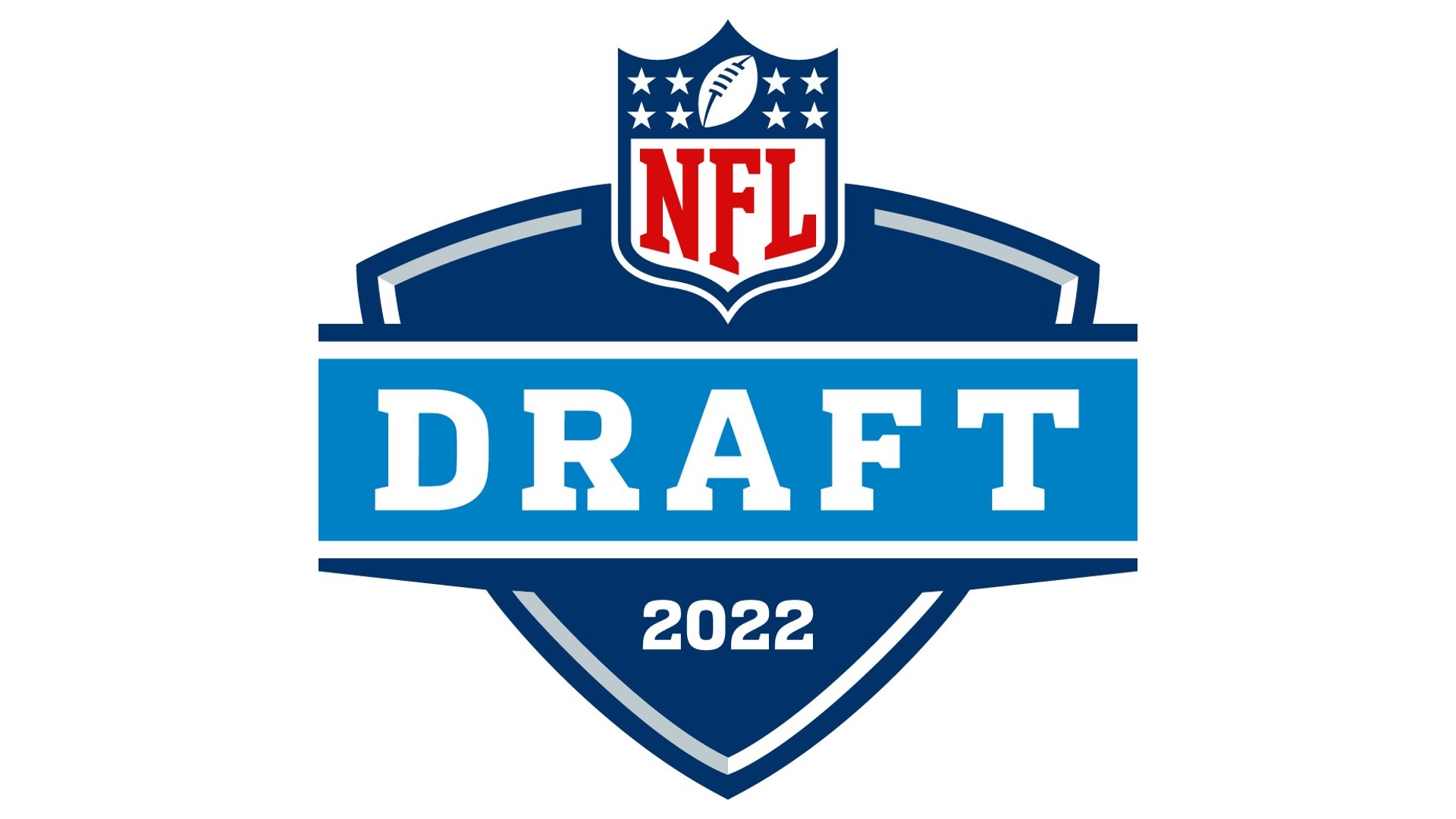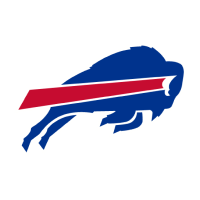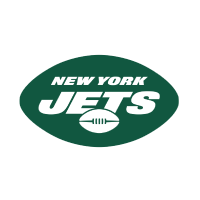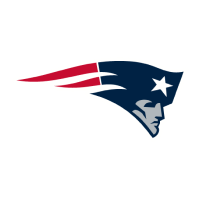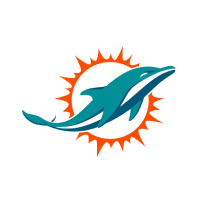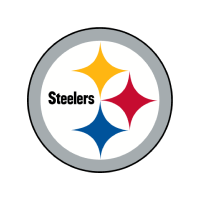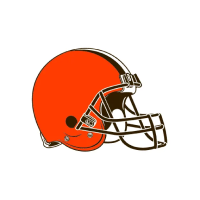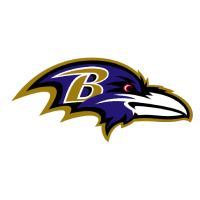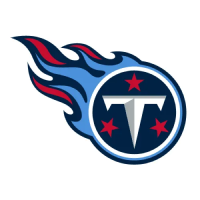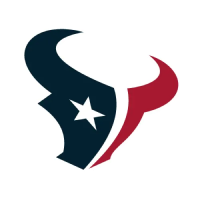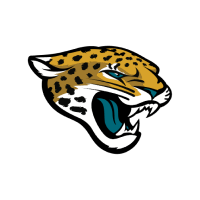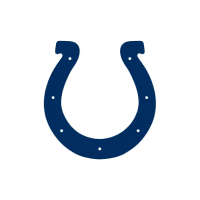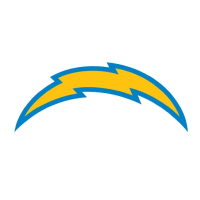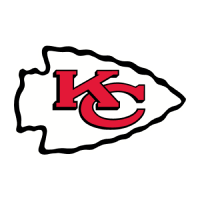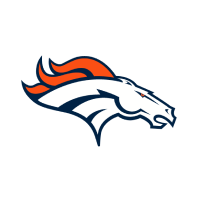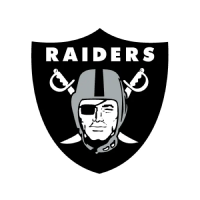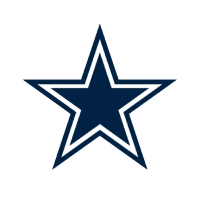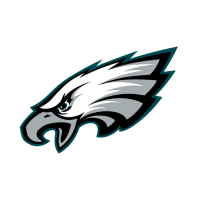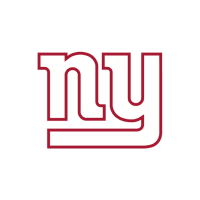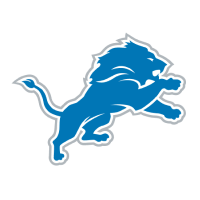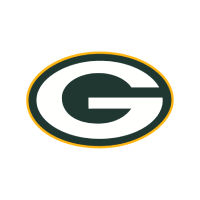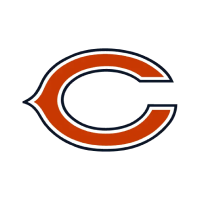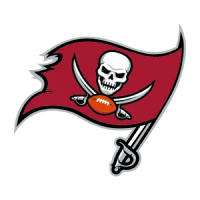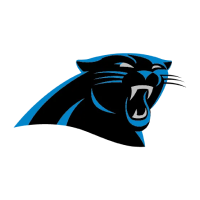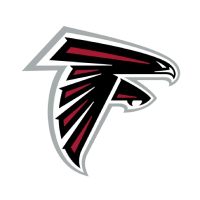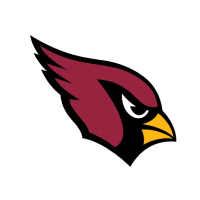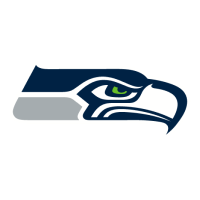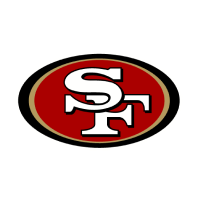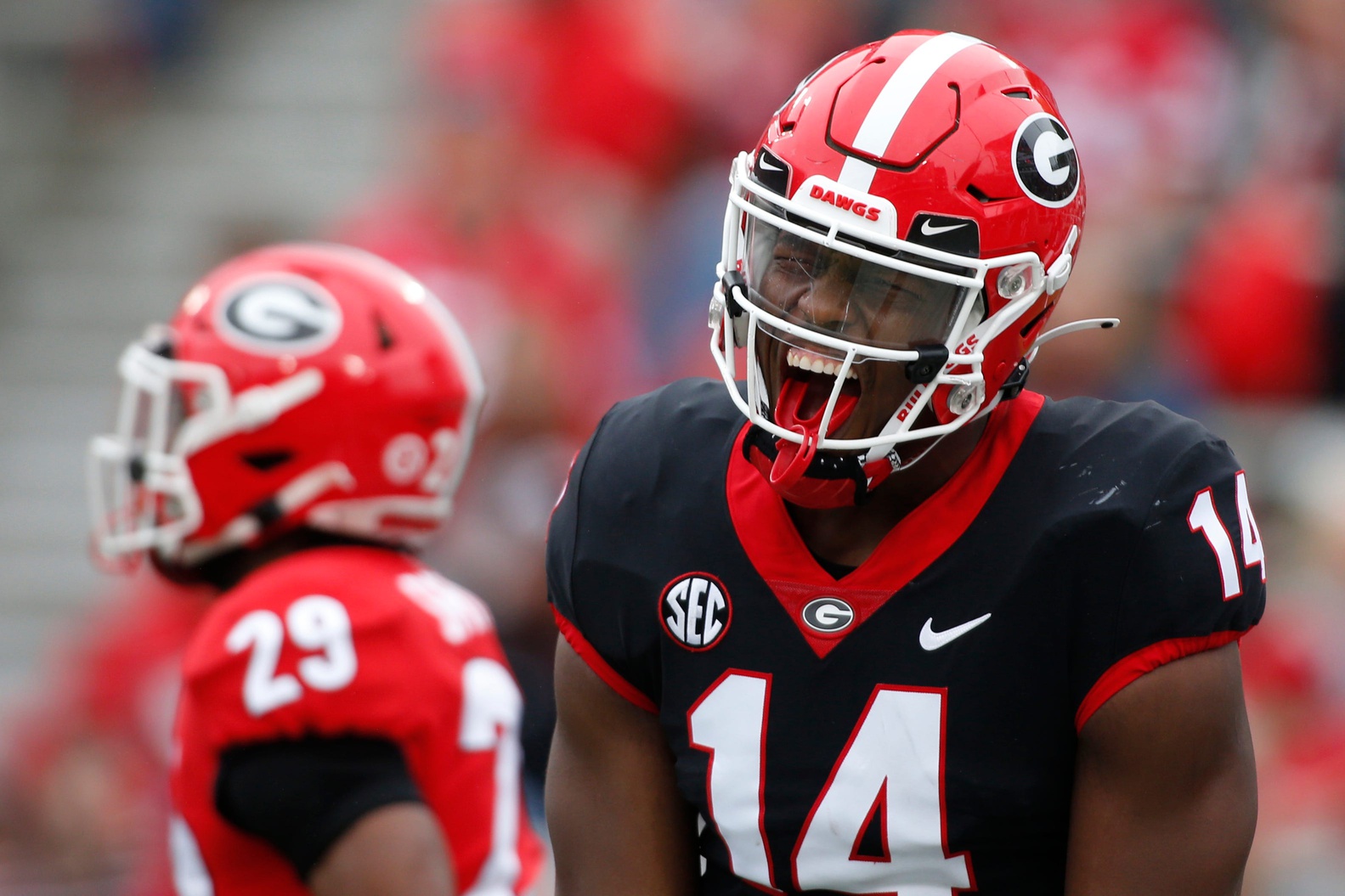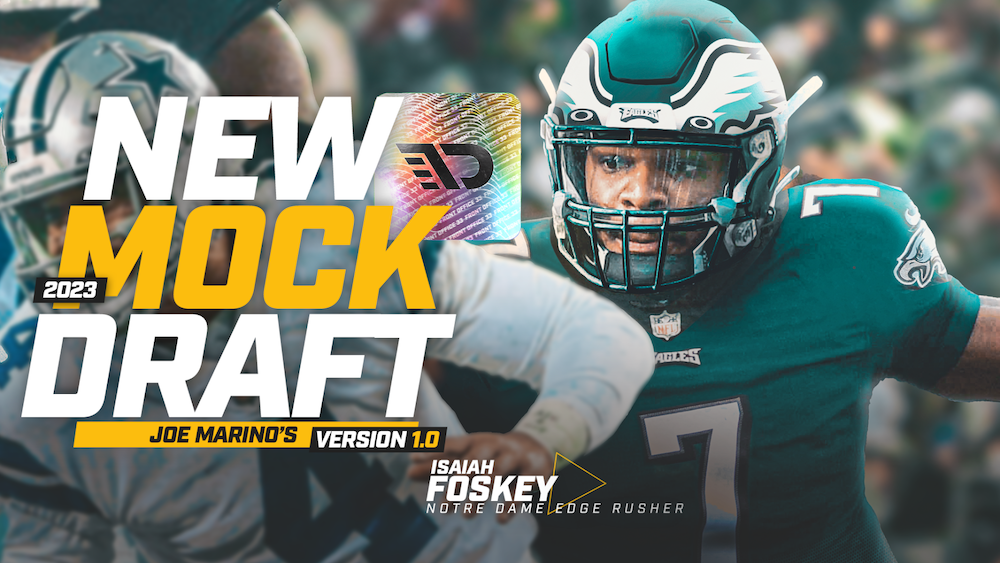“Mac Jones to the Patriots? It’s perfect! Those rascals Bill Belichick and Nick Saban—thick as thieves, they are! No wonder Jones is the pick.”
Well, hang on. We should wonder for a second.
I wonder just what about Jones fits in the Patriots’ offense. Because, as I understand the Alabama offense and what it afforded Jones, and as I understand the Patriots offense as Josh McDaniels and Belichick have run it for over a decade… there are some significant gaps that require bridging.
It’s important to first narrow the scope of the “Patriots offense.” Belichick has been the head coach of the Patriots for the last 20 years; McDaniels has been coordinating offense, or a head coach himself, for the last 15. They’ve run a variety of offenses, grown with the times, and been on the forefront of some major offensive swings as well. So let’s just start with the easiest bit: the Brady offense.
Brady was the quarterback in New England for basically two decades, so he saw changing offenses along with Belichick and McDaniels. But fundamentally, the Brady passing games in New England were always predicated on pocket dropbacks, and almost invariably dedicated to the quick game. Only five times in Brady’s New England career did he average a depth of throw beyond 9.0 yards—only twice since 2008. His career average depth of target, at 8.8, would have ranked 15th of all quarterbacks last season. With a shallow depth of target comes a reliance on the quick game. Brady has averaged 2.48s on his time to throw over his career, which would have ranked 34th of all quarterbacks last year.
As Steven Ruiz of For The Win showed last season before Brady transitioned to the Buccaneers offense, Brady’s career approach utilized shallow-breaking throws at a much higher rate than the Arians’ offense offered Jameis Winston—not a huge surprise. But that’s not the only important takeaway from Steven’s research, as Steven also showed that, no matter the context—shallow drop, deep drop, play-action—Brady avoided poor plays far more effectively than Winston did.
That’s pretty critical to understanding Brady as a passer. In the last five seasons, he’s been among the top 10 in total throwaways among NFL passers. This is a change for Brady as he’s gotten older, as his throwaway numbers have gone up and his sack numbers have gone down. As pressure comes, Brady is likelier to get rid of the ball and live for another pass than he is to hold it, potentially make a throw against pressure, and potentially take a sack. Brady’s career average pressure to sack ratio, as charted by PFF, is 14.7%—he’s only been over that number once in the last five seasons.
But it wasn’t that there was anything appreciably different about those past offenses as compared to his recent offense, at least in a macro sense. The time to throw and depth of target remain largely unchanged. It’s just been a change in how Brady has played in the offense.
That offense has been successful for so long, even through Brady’s aging, for many reasons. Many have ruminated on Brady’s football acumen, on his toughness, and on his pocket management. All of that matters. But at the end of the day, Brady’s just flat-out precise. He’s ludicrously accurate. It sounds dumb to say, but it’s important to mention at this stage: Brady is freakishly good at throwing the football where he wants.
So now, let’s turn to Jones. Beyond any sort of functions of the offense, any claims of similar football genius, or any sort of potential scheme changes, it’s worth saying with emphasis: Jones is not as accurate.
Now, Jones throws an extremely catchable football. Across four years of college quarterback charting for The Draft Network, I have never charted a quarterback who delivered more catchable footballs than Mac Jones did, who threw a catchable pass on 95% (19 out of 20) of his attempts. Staggering number.
But accuracy is about more than just a binary catchable measure. Accurate passes also take into consideration the momentum of the wide receiver, the nearby defenders, and the risk of interceptions, PBUs, and hits. At different times, passes should be delivered above the facemask, on the outside shoulder, on the back shoulder, or low and away. All of those passes might be catchable, but the precise location of each really defines true accuracy.
Here, Jones lost steam. When throwing to maven route-runners like Jaylen Waddle and DeVonta Smith, Jones regularly threw behind his targets, forcing late adjustments that broke a receiver’s stride, limited YAC opportunities, and pulled pass-catchers back into hits. Jones measured out still with a decent placement score in my charting (.546), but his placement dropped off terribly when under muddy conditions: under pressure, out of the pocket, beyond his first read, and into tight windows. This has nothing to do with his exact scheme fit in New England, but it is to make a clear distinction within any Jones-Brady comparisons, which have flown around both pre- and post-draft. Jones simply is not the same caliber of passer. Still a very good one! Just, obviously, not Brady.
Is Jones the same competitor? Maybe so. Is he the same football genius? Probably not. We can’t fully glean that answer from film, but the offense was pretty easy for Jones in Alabama. Jones saw 29% of his passes go behind the line of scrimmage (the most in the class) and had 41% of his total passing yardage come as a result of YAC. 19% of his dropbacks were RPOs (third-most in the class) and another 33% were the off of play-action, which was second in the class. This doesn’t detail any sort of inability on Jones’ part—Brady threw a lot under play-action in New England. But it does belie the “elite field processor” narrative thrown around Jones. Yes, he was predominately a pocket passer at Alabama—but again yes, he was buoyed by many of the common cheat codes that we’ve seen used against other passers when they transition from college to the pros.
When Jones did throw beyond the line of scrimmage, he threw intermediate and deep. That’s great news for his NFL projection, but it does force a contrasting look at his game relative to the New England offense. Only 30% of Jones’ throws were between 0-10 yards down the field, which was second in the class off my charting—for PFF, Jones’ 30% was second-least among all significant starters last season in college. Off of these RPO and play-action looks, if Jones wasn’t throwing the bubble screen, his receivers were climbing into the second and third level of the defense. Often with those looks came additional players in pass-protection—players involved in the run fake—as the Alabama offense put fewer receivers out into the concept.
This fundamental change is reflected in Jones’ numbers relative to Tua Tagovailoa, who I charted when he came out of the Alabama offense last year. Tagovailoa’s depth of target on standard dropbacks was a bit deeper than Jones’, but Jones had him beat on play-action throws handily. Essentially, following the transition from Tagovailoa to Jones, offensive coordinator Steve Sarkisian started hunting more air yards. This makes sense, in that Jones was a more accurate deep passer than Tagovailoa was—and Tagovailoa was better in the short areas. You can read more about that comparison here, in my pre-draft piece on the changes in the Alabama offense—but suffice to say, it became more vertical with Jones at the helm.
The McDaniels/Belichick passing game is not vertical—it simply isn’t. Even when ran with other quarterbacks, we’ve seen this hold true. Kyle Orton’s average depth of target dropped 0.8 points below average in his one season under McDaniels in Denver; Matt Cassel’s 7.7 depth of target in his 2008 season replacing the injured Brady was the second-lowest of his career; Cam Newton and Jacoby Brissett all saw their lowest aDoT when they played with the Patriots.
Change-ups have been pitched; smokes and mirrors have been raised, but even as personnel groupings changed and formations evolved and backfield committees rotated, the fundamental shallowness of the Patriots’ passing game has not. The same quick-option routes that popularized the mold of the shifty, undersized slot receiver in Wes Welker, Julian Edelman, and Danny Amendola? Those also necessitated a passer with a quick release, quick feet in the pocket, quick eyes, and a precise location into a tight window.
That player simply is not Mac Jones—at least, has not been in the pros. Critically, the Crimson Tide had an offense suited toward that style of player when they started Tagovailoa and then moved away from it once they installed Jones. He does not have the snappiest release; he does not have high-quality ball velocity; he does not boast of deadly precision. Sure, his feet in the pocket are nimble—he used to play tennis, of course—but that’s only one piece of the puzzle, and he’s seemingly lacking for the rest.
None of this precludes Jones from succeeding in the league—or even succeeding in the Patriots offense. But the idea that Jones—a white pocket passer lauded for his competitiveness and intelligence—is comparable to Brady—another white pocket passer lauded for his competitiveness and intelligence—is one that barely scratches the surface of what we understand about football. On the brambly, thorny path that a quarterback walks from college to the pros, buzzwords and archetype comparisons are like team-branded shooting sleeves. They might look good, but they don’t actually help or matter.
The Patriots must do work internally to build an offense that fits Jones. They must take their new receivers in Nelson Agholor and Kendrick Bourne and work them on deep crossers, deep posts, and nine balls that take advantage of Jones’ impressive deep accuracy. They must rely just as heavily on play-action as they did with Brady, and likely even more on RPOs than they ever did with Brady, to give Jones open windows behind linebackers that won’t challenge his placement. They must find a way to replicate the easy, free-access yardage afforded to him by the best receiving corps in the nation and the threat of the bubble screen.
They have one or two of those answers already—they might find a few more throughout the process. But make no mistake: Jones is not a scheme fit in New England. Not the scheme they ran with Brady, at least. And either the player must take massive strides to fit in that offense, or the offense must undergo massive changes to fit the player in order for Jones to find success under Belichick, McDaniels, and the Patriots.
Filed In
Related Articles
NFL Draft
Arik Gilbert Doesn’t Need Big Workload To Be A Top NFL Draft Pick
- Aug 22, 2022
NFL Draft
2023 NFL Mock Draft: Marino 1.0
- Aug 22, 2022
Written By
